According to the memorial No. 163 dated October 1, 1935 of the Ministry of Personnel, a memorial to Emperor Bao Dai on the implementation of Decree No. 23 dated June 25, 1934, it was planned to divide the Quang Ngai urban center into 3 wards. In addition, the memorial also proposed to abolish the Thanh Phong agency and establish a Bang Ta station. Implementing the above memorial, according to Decree No. 62 dated September 4, the 10th year of Bao Dai (solar calendar October 1, 1935), Emperor Bao Dai officially established a Bang Ta station managed by a Bang Ta officer, and at the same time divided the Quang Ngai urban center into 3 wards. As is known, according to Decree No. 23 in 1934, the Quang Ngai urban center was established with a total area of more than 133 hectares, not including the area of the ancient citadel. Of which, the land used by the two villages of Chanh Lo (186 acres 1 sao) and Thu Pho (26 acres 2 sao) brings the total land used in the entire urban area to 212 acres 3 sao or 103.91 hectares (accounting for 78% of the total urban area).
According to Decree No. 62, the wards in the center of Quang Ngai city include: Nam Lo, Bac Lo and Thu Lo. More specifically, Thu Lo ward includes the land of Thu Pho and Chanh Lo villages, limited from the small road (now Chu Van An street) to the west. The remaining two wards of Bac Lo and Nam Lo are bordered by the road connecting Cua Tay to Quang Ngai station (now Hung Vuong and Le Trung Dinh streets). These are the original administrative units below Quang Ngai city.
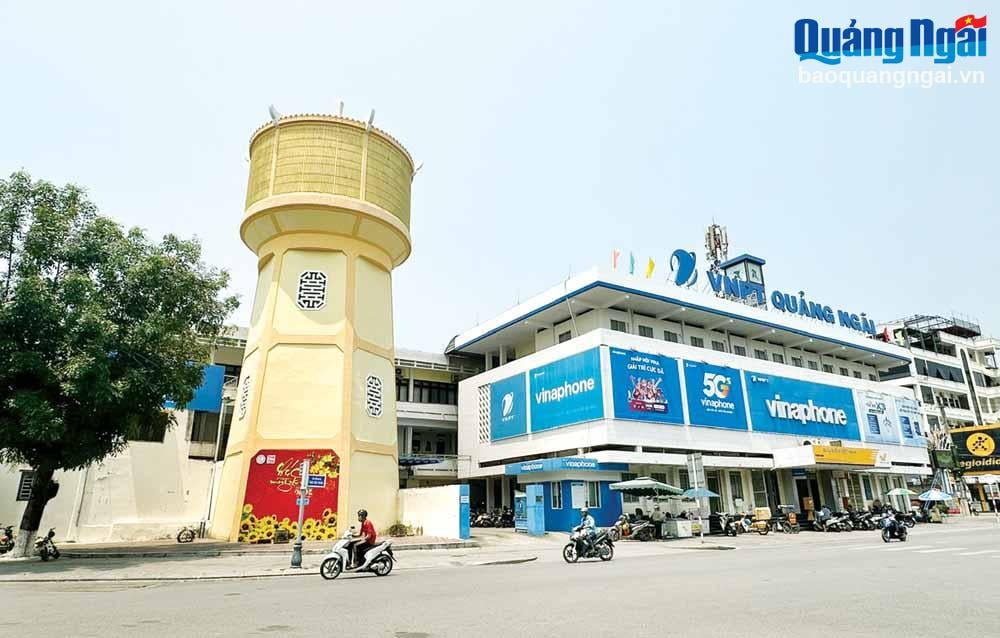 |
| Water tower - an ancient architectural work located in the heart of Quang Ngai city. Photo: P.LY |
In terms of organization, the head of the Quang Ngai urban government is the Bang Ta, below are the wards with the ward council and the civil registry office. Each ward council has from 2 to 3 elected people, with the same powers as the normal village council. The head of the ward council is the ward chief, whose duties are the same as the village chief of the old government. The ward chief is under the management of the Bang Ta in administrative and judicial matters and under the management of the police chief in matters of urban security, sanitation and public order. The Bang Ta is responsible for managing all administrative matters, collecting taxes and fees, supervising administration and connecting public services with residents of the 3 wards. In terms of security, the Bang Ta coordinates with the police chief to monitor the entire Quang Ngai urban area...
According to the decree dated January 30, 1936, the urban center of Quang Ngai had streets named Xa Tac Street, Bo Quay Street, Bo Hao Street, Phia Nam Street, Truong Hoc Street, Cho Cu Street, Bau Ca Street, Goc Ga Street, Dinh Chanh Lo Street, Phu Yen Street, Phu My Street, Trung Hoa Street, Minh Long Street, Dodey Street... In particular, the road from the west gate of Quang Ngai citadel to the station (now Hung Vuong and Le Trung Dinh), was called Dai Lo Ga, later changed to Dai Lo Thong Che Pétain.
During this period, Quang Ngai urban area had developed relatively completely, the works were built in an orderly manner, making the face of Quang Ngai much more beautiful. Offices were scattered throughout the city, however, most of the main offices were still located in the inner city. Some large offices in Quang Ngai urban area were the Resident's Palace (1899), Quang Ngai Post Office (1901), French-Vietnamese Primary School (1907), Quang Ngai Hospital (1924), Bungalow (1923, upgraded 1929), Tra Khuc Bridge (1931), Truong Xuan Bridge (1934), water tower (1935), train station (1935), church (1941)... Notably, although it was a small urban area, Quang Ngai, along with Nha Trang, was one of the places with the earliest clean water supply system in Central Vietnam. To this day, the Quang Ngai water tower is one of the colonial architectural works that still exists and has become a beautiful image in the heart of the city.
Regarding education, Quang Ngai city has 2 French-Vietnamese primary schools and public native schools. Of which, the Boys' Primary School (1913) was originally located south of Le Trung Dinh Street, the area between the palace and the consul's residence, and in 1925 moved to today's Quang Trung Street; the Girls' Primary School (1920) is located near the North gate of the ancient citadel. In addition, Quang Ngai city also had private schools that were established early, typically Mai Xua Private School (established in 1929, closed in 1932 and re-established in 1934), Chieu Anh Private School (established in 1938, re-established in 1940), Cam Ban I Private School (established in 1939 and dissolved in 1942), Cam Ban Private School (established in 1941).
With a not-so-long urban history and a small economy, Quang Ngai urban area was only about 1.33km² wide when it was officially established. However, that was the premise that the Quang Ngai government through the periods, starting from 1807 when the Quang Ngai headquarters was located in Cu Mong land, built an increasingly expanding Quang Ngai urban area. And up to now, the urban area in Quang Ngai has developed strongly, reaching the same level as urban areas in the Central region and the whole country.
NGUYEN PHONG
Source: https://baoquangngai.vn/van-hoa/202503/do-thi-quang-ngai-nhung-ngay-dau-thanh-lap-d22511c/



![[Photo] Summary of parade practice in preparation for the April 30th celebration](https://vstatic.vietnam.vn/vietnam/resource/IMAGE/2025/4/11/78cfee0f2cc045b387ff1a4362b5950f)
![[Photo] Phuc Tho mulberry season – Sweet fruit from green agriculture](https://vstatic.vietnam.vn/vietnam/resource/IMAGE/2025/4/10/1710a51d63c84a5a92de1b9b4caaf3e5)


![[Photo] Prime Minister Pham Minh Chinh chairs meeting to discuss tax solutions for Vietnam's import and export goods](https://vstatic.vietnam.vn/vietnam/resource/IMAGE/2025/4/10/19b9ed81ca2940b79fb8a0b9ccef539a)
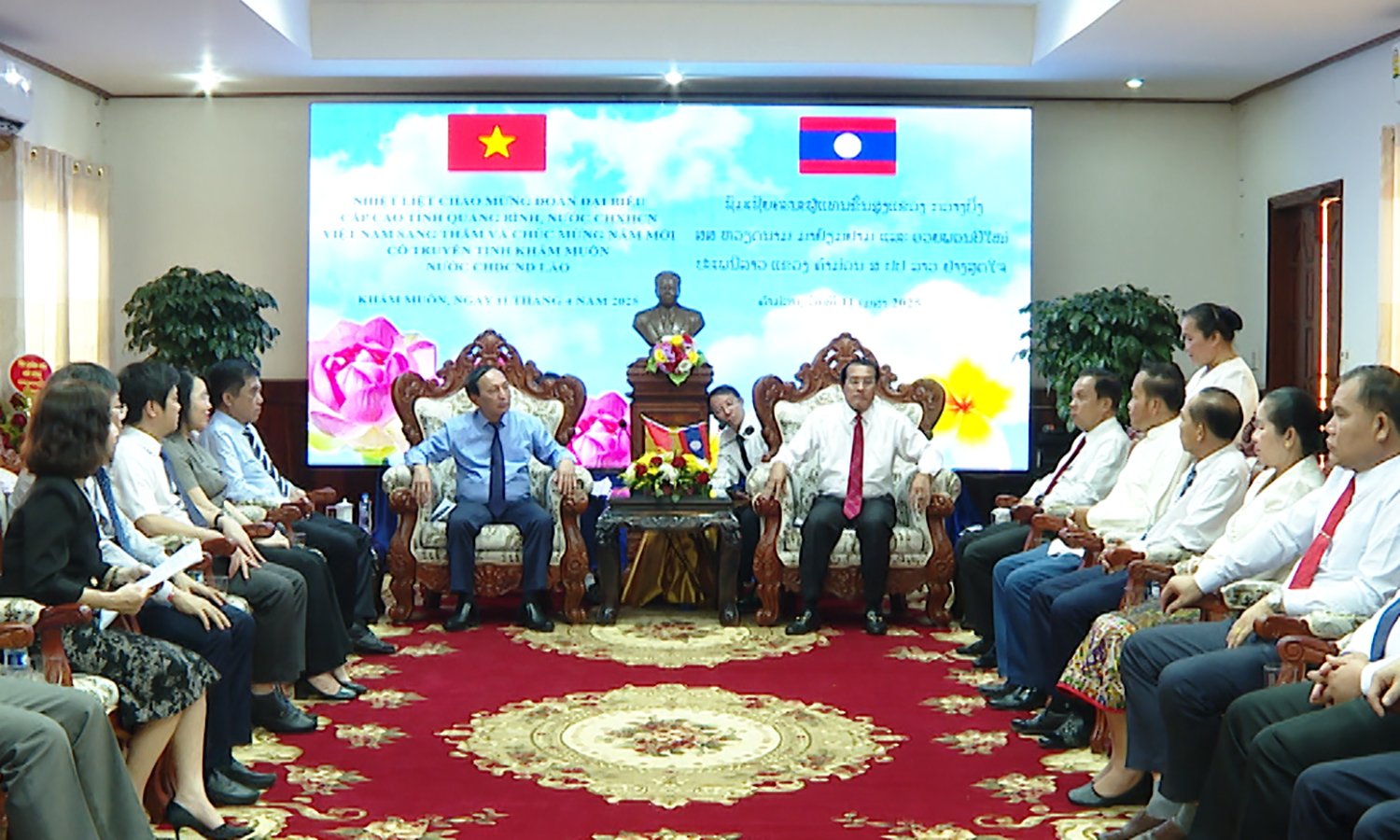

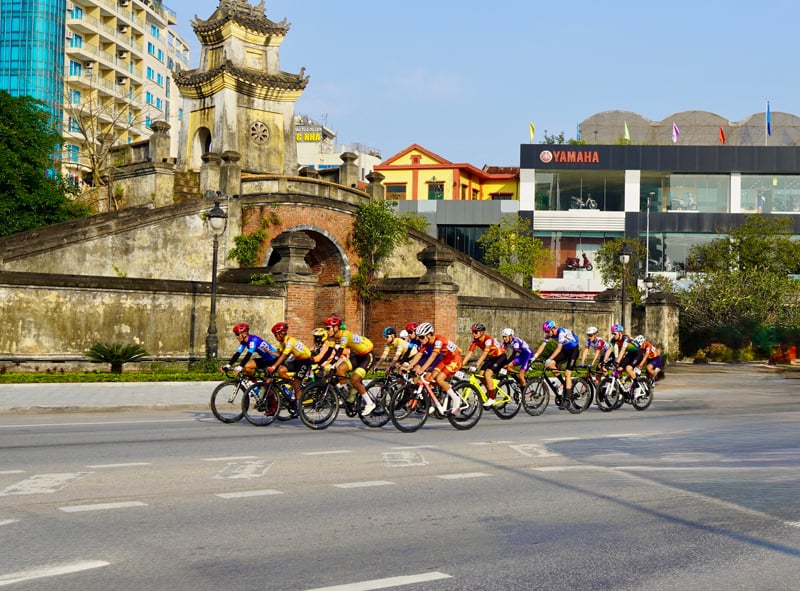


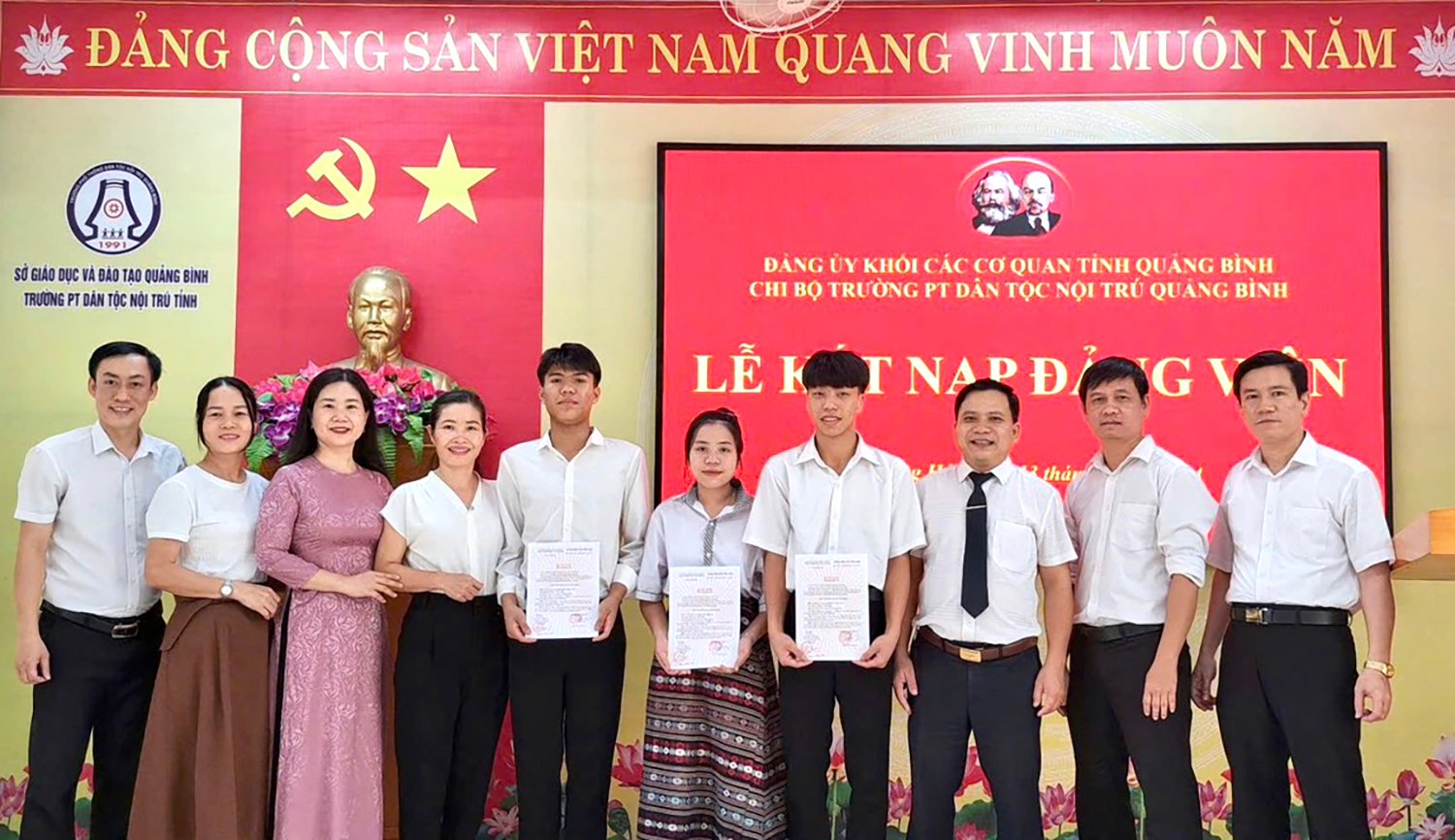

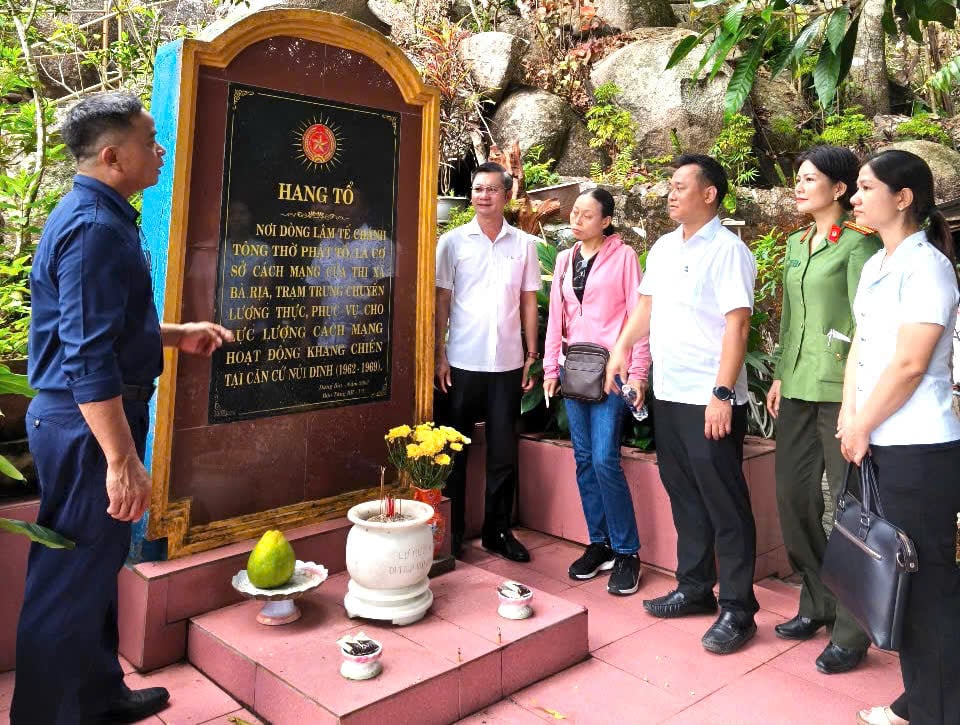




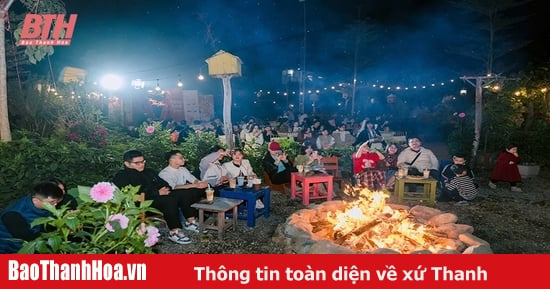





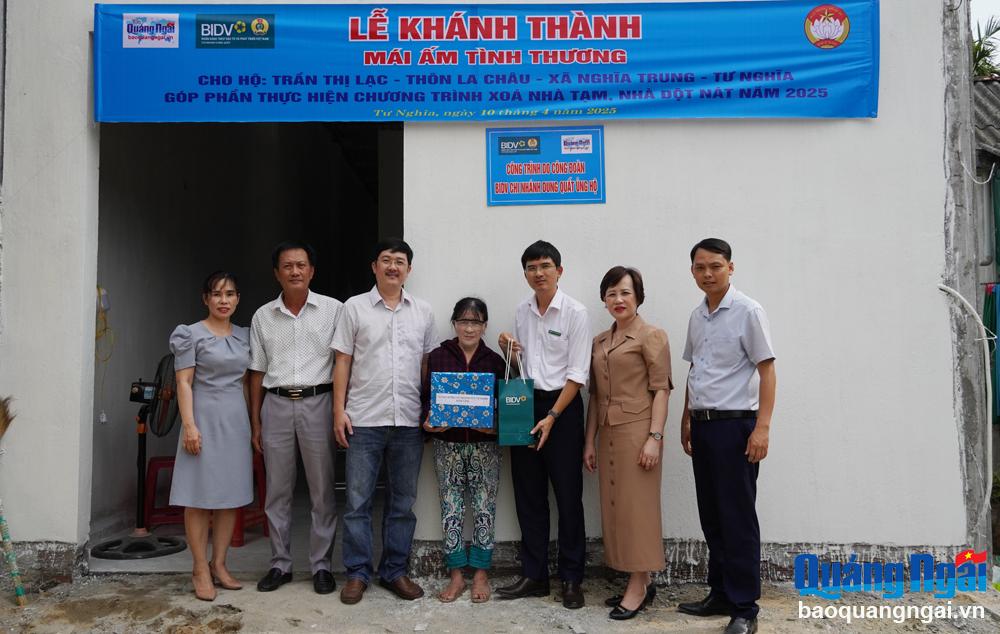

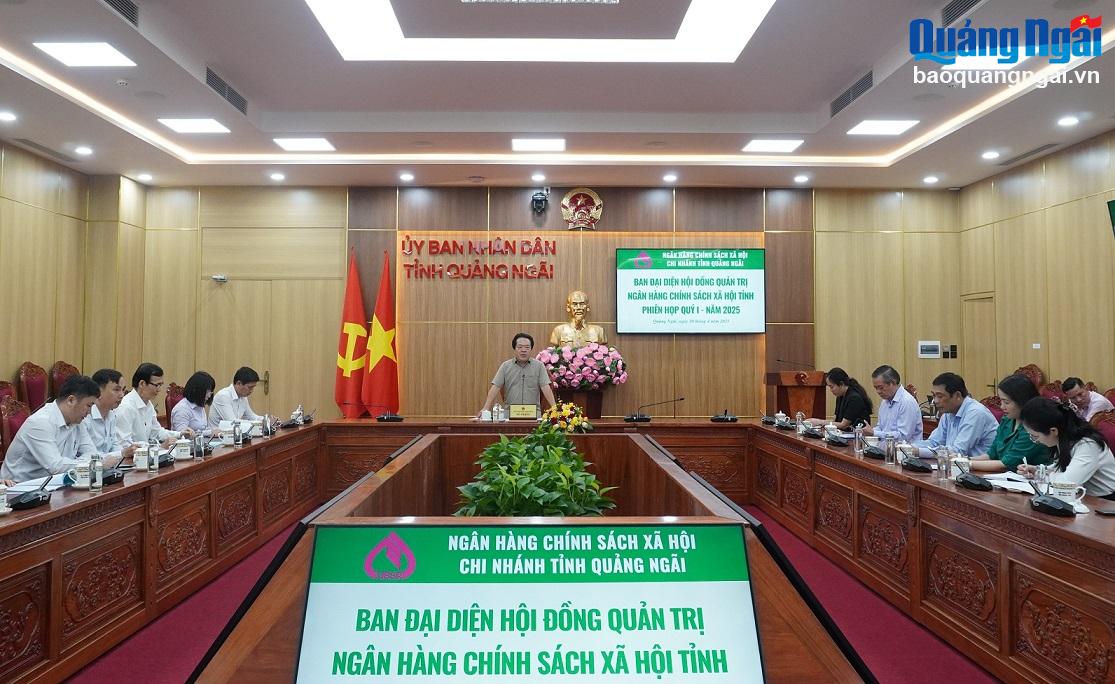
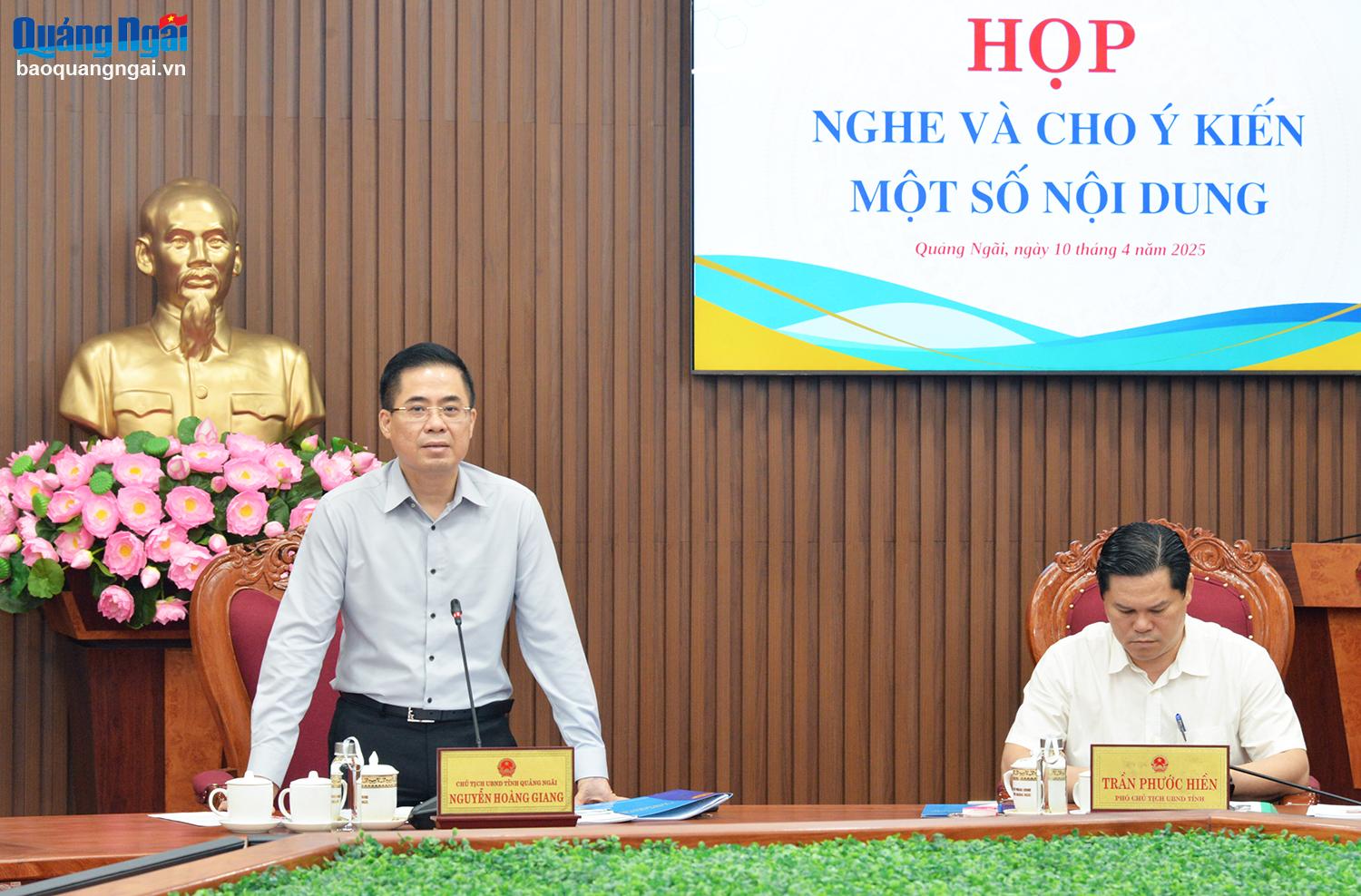











































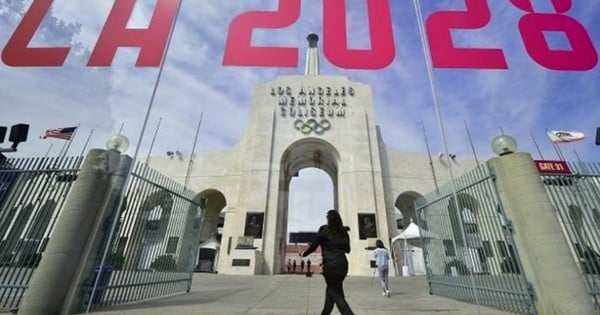







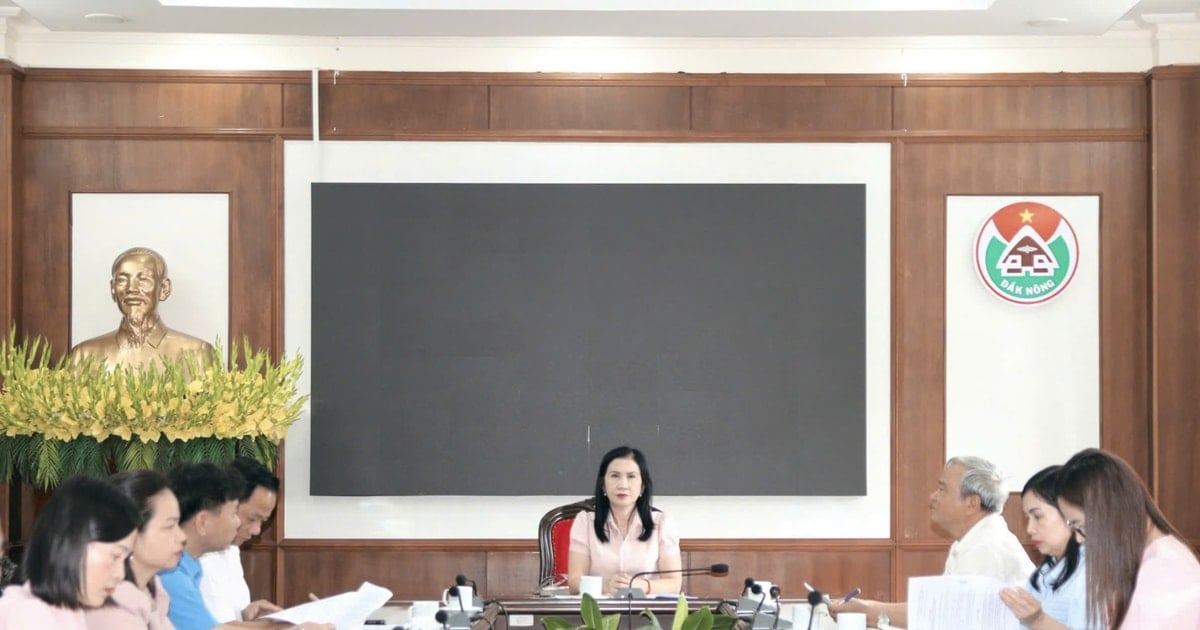

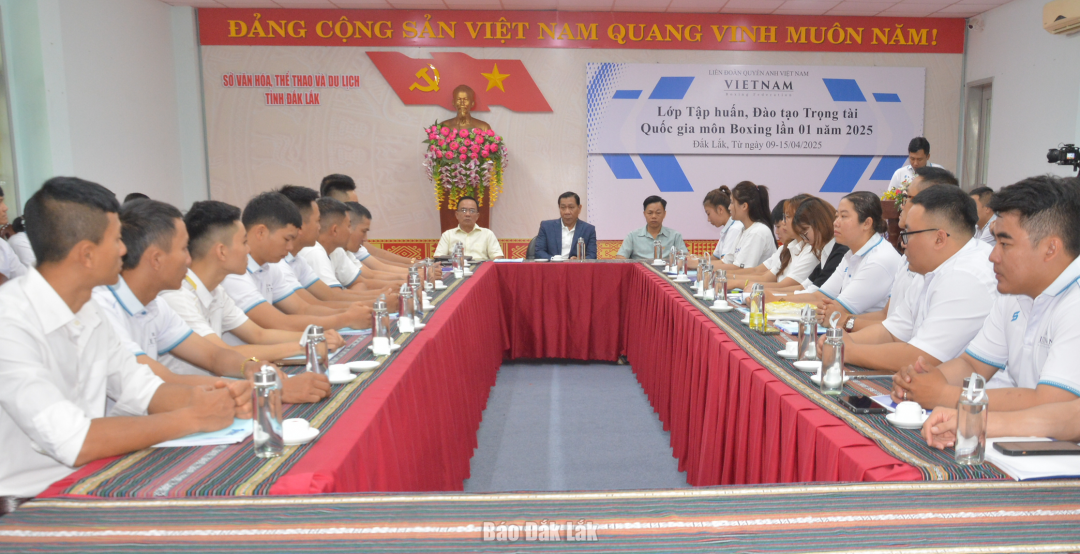

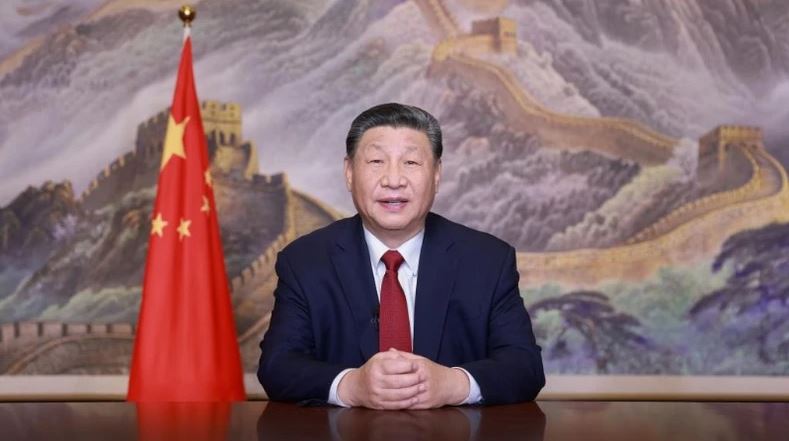











Comment (0)